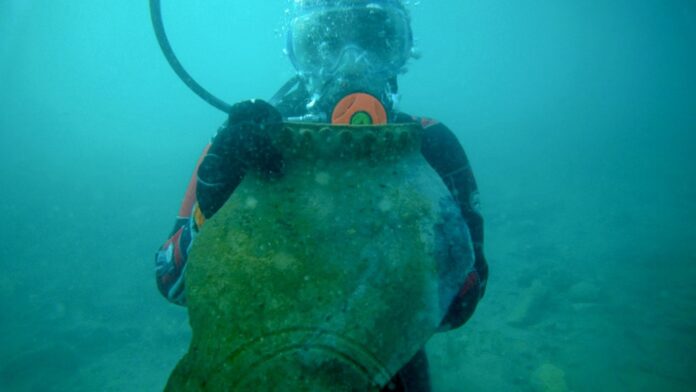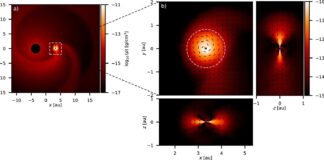A medieval city, once a bustling trade hub on the Silk Road, has been discovered submerged beneath the waters of Lake Issyk-Kul in northeast Kyrgyzstan. The site, identified as the lost settlement of Toru-Aygyr, was likely destroyed by a catastrophic earthquake in the 15th century, sending it beneath the lake’s surface. The discovery provides a rare glimpse into a multicultural medieval society and the sudden, violent forces that reshaped the region.
A Lost Hub on the Silk Road
Lake Issyk-Kul, one of the world’s deepest and largest alpine lakes, has long held whispers of lost settlements. Recent expeditions, led by archaeologists from Kyrgyzstan and Russia, have confirmed the existence of a substantial urban center preserved in remarkably good condition. The city thrived as a key stop on the Silk Road, connecting East and West, before being abruptly abandoned after a devastating earthquake.
The underwater archaeological work focused on four submerged sites near the lake’s northwest shore, ranging in depth from 3 to 13 feet. These areas yielded the remains of kiln-fired brick buildings, including a millstone indicating grain processing, collapsed stone structures, and remnants of wooden beams. One structure, featuring exterior decorations, is believed to have been a mosque or madrassa, highlighting the city’s growing Islamic influence in the late medieval period.
The Shift to Islam and Cultural Diversity
Before the 13th century, Toru-Aygyr was a melting pot of faiths, with pagan Tengrianism, Buddhism, and Nestorian Christianity coexisting alongside nascent Islamic communities. However, the introduction of Islam by the Golden Horde fundamentally altered the city’s character. As trade routes shifted towards Muslim-dominated regions, Toru-Aygyr increasingly gravitated toward Islamic merchants and culture.
This transition is evidenced by the discovery of a large Muslim cemetery covering roughly 14 acres. Recovered remains were found facing Mecca, a standard Islamic burial practice. Dating back to the 13th century, the cemetery demonstrates the rapid spread of Islam in the region following the Mongol conquests.
A Sudden Catastrophe and Preserved Remains
The earthquake that submerged Toru-Aygyr was likely catastrophic, comparable to the destruction of Pompeii. The sudden nature of the disaster preserved the city’s structures and artifacts in an underwater time capsule. The researchers also recovered intact medieval pottery, including a large khum water jar, which is slated for recovery during future expeditions.
Mud-brick buildings and sediment cores were also analyzed to reconstruct the city’s development over time. The team discovered that Toru-Aygyr was a thriving commercial center before its demise, with evidence of diverse economic activities, including agriculture, trade, and religious practices.
The discovery of Toru-Aygyr sheds new light on the Silk Road’s cultural dynamics and the fragility of medieval urban centers. The city’s sudden destruction serves as a stark reminder of the natural disasters that shaped history and the cultural shifts that reshaped societies

























